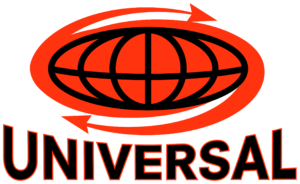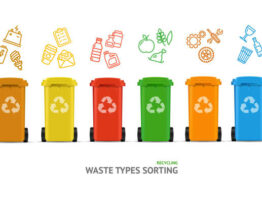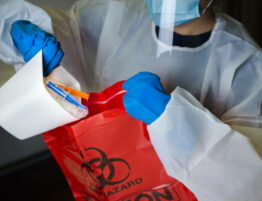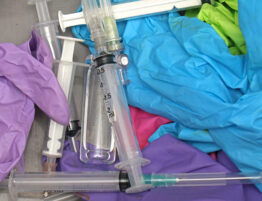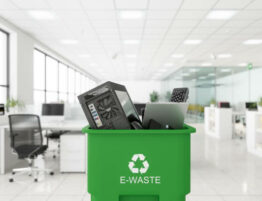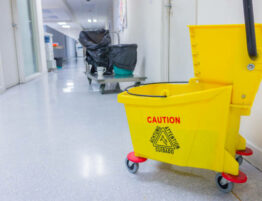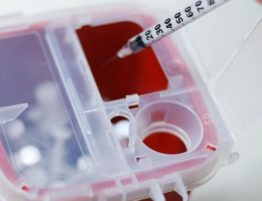1. Know that controlled substances are covered under separate regulations.
Controlled substances (eg, morphine, codeine, hydrocodone, diazepam, lorazepam, zolpidem, etc) must be shipped and transported in accordance with DEA regulations for packaging, inventory, and transport. Moreover, there are specific requirements for destruction. The best information available is at the DEA website.
Some specialty waste companies may have cooperative arrangements with DEA registrants or have DEA registrations themselves. These companies may also offer mail-back solutions that are appropriate for DEA registrants.
If you’re not a DEA registrant, a specialty disposal company can provide a waste consultation. If you’re unsure how to proceed, you can also check with your local law enforcement agency or the DEA.
Additionally, be sure that your containers with controlled substances are safe and secure.
2. Identify RCRA-hazardous pharmaceutical waste.
Besides controlled substances, some pharmaceutical wastes are hazardous and must be separated (segregated) for disposal. Under the Resource Conservation and Recovery Act (RCRA), The Environmental Protection Agency (EPA) mandates proper disposal of drugs that meet the criteria for being hazardous waste. These RCRA-hazardous wastes require separately labeled containers.
Black containers are most commonly used; however, there is no specific regulatory requirement about the color of the hazardous waste container. A best practice is to choose and stay with a specific color scheme, so that it’s easier for your workers to identify the proper pharmaceutical waste container.
3. Be aware of distinct regulations for acutely hazardous (P-listed) waste.
P-listed medications are those that pose an acute threat to the environment by contaminating fresh water. Examples of acutely hazardous medications include epinephrine, nicotine, and warfarin.
Proper labeling, hazardous waste shipping records (manifests), and other documentation are required for acutely hazardous substances. Separate hazardous waste storage areas should be designated for P-listed waste so you can easily track the amount of waste you generate.
In addition to proper storage, the quantity of P-listed waste must be weighed and documented every 30 days. Facilities that generate 1 kg (2.2 lbs) or more of acutely hazardous (P-listed) waste in a single calendar month are designated as “large quantity” hazardous waste generators.
4. Recognize if your healthcare facility generates U-listed waste.
The most common “U-listed” pharmaceutical wastes generated by healthcare facilities are chemotherapeutic agents. If your patients receive chemotherapy, you’ll most likely need to dispose of both “trace” and “bulk” amounts.
5. Divide yellow-container “trace” and black-container “bulk” chemotherapy.
Although “trace” is a commonly used term, “RCRA empty” is the official EPA designation. It means that the chemotherapy vial, bag, or receptacle is empty and less than 3% of the former volume remains. “RCRA empty” chemotherapy waste is typically managed as regulated medical waste (RMW) that is labeled for incineration. “Trace” chemotherapy waste is typically disposed of in yellow pharmaceutical waste containers.
6. Isolate RCRA “characteristic” hazardous wastes.
Some medications have characteristics that are toxic or can react, ignite, or are corrosive. Each of these (D-listed) pharmaceutical waste streams may have special packaging requirements, and some may require their own separate containers. Some examples in each of these characteristic categories may include the following pharmaceuticals:
- Toxicity: lindane, chloroform, selenium, and silver
- Ignitability: aerosols, such as asthma inhalers
- Corrosivity: strong acids, such as hydrochloric acid (HCl) and strong bases, such as sodium hydroxide (NaOH)
- Reactivity: rarely occurs in dosage forms
Your specialty waste provider can help you locate all D-listed drugs in a database.
7. Use best practices.
It is considered a best practice to dispose of non-RCRA-hazardous pharmaceuticals at a non-RCRA-hazardous facility permitted for incineration. This best practice helps keep pharmaceuticals out of drinking water.
8. Rely on the experts.
Companies that specialize in healthcare waste management can provide you with a consultation based on your formulary or a specially developed checklist. The appropriate number of approved black (or dark blue) pharmaceutical waste containers will be based on your waste profiling (characterization) and segregation needs.
9. Simplify your disposal, if you can.
To simplify disposal, waste companies may offer a “single-container” approach for hazardous and non-RCRA-hazardous waste. However, you’ll likely have some incompatible waste, so you’ll need at least two (possibly more) black RCRA-hazardous containers, all properly identified. You may also need yellow bags or containers, if you generate chemotherapy waste.
A solution that’s reliable and convenient will help your organization stay in compliance and be sustainable over the long term.
10. Train your staff.
Whichever system you choose, it’s critically important that your staff members understand which medications are incompatible or hazardous and need their own labeled disposal containers.
11. Choose a good partner.
Your pharmaceutical waste solution company must be licensed by the EPA and DOT to transport hazardous waste. And hazardous waste must be transported to a permitted treatment, storage, and disposal facility (TSDF). Be sure to ask if there are state-specific permits or licenses your pharmaceutical waste solution partners are required to carry.
